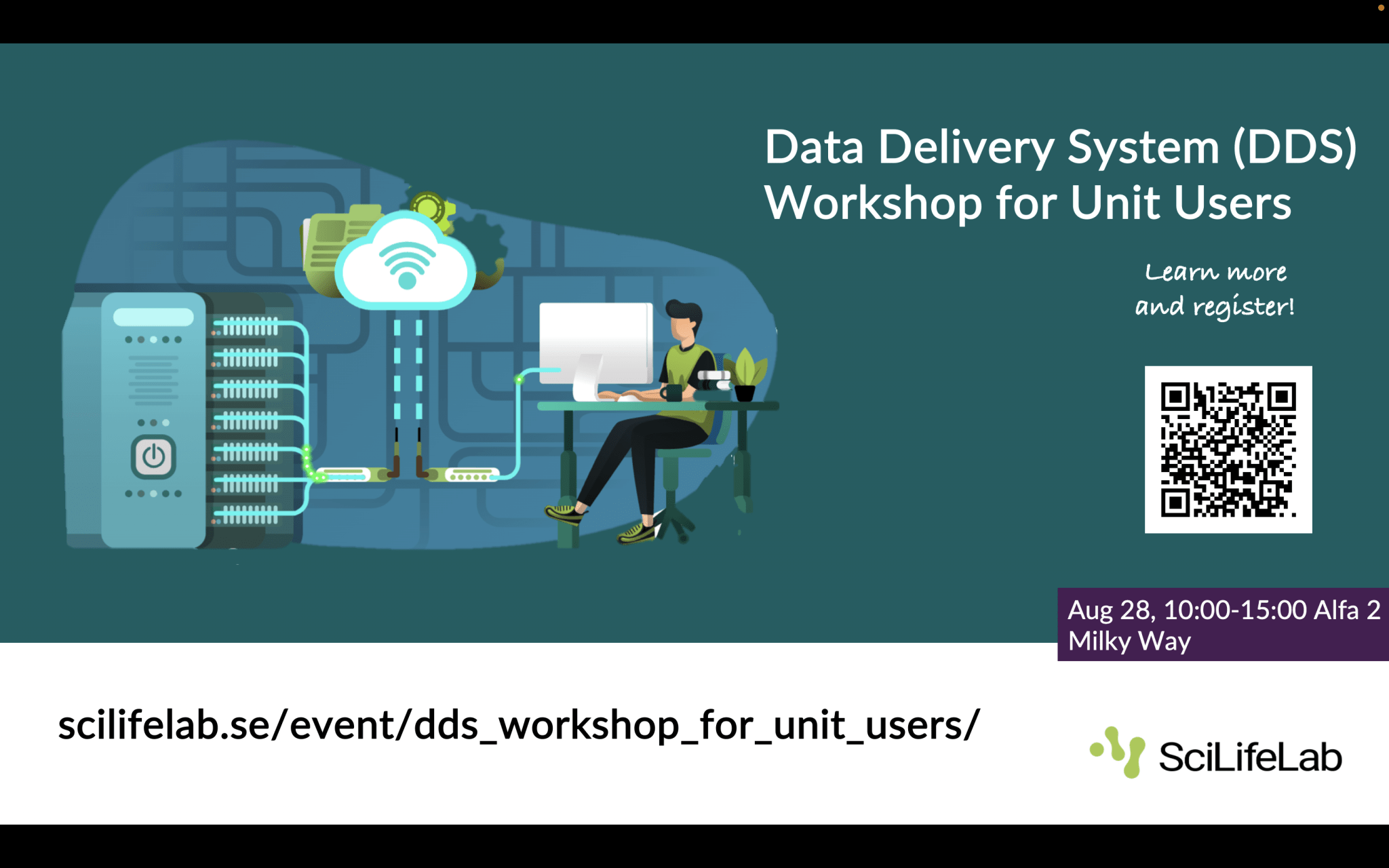Spatial omics data analysis
August 29 @ 08:00 – September 2 @ 17:00 CEST
This workshop provides resources to advanced tools for analysis of spatial datasets via a series of online lectures and computer practicals. The total course duration is 40 hours, including the online lectures and practical coding workshop that will be held online.
Important dates
Application open: 2022-05-20
Application deadline: 2022-07-31
Course Leaders
- Paulo Czarnewski
- Christophe Avenel
Lecturers and content creators
- Lars Borm
- Carolina Wählby
- Giovanni Palla
- Naveed Ishaque
- Anna Schaar
- David Fischer
- Hanna Spitzer
- Sergio Sallas
- Åsa Björklund
- Sebastian Tiesmeyer
- Ludvig Bergenstråle
- Eduard Chelebian
Contact information and Application
Course fee
This workshop is free of charge.
Course content
Topics covered will include
- Hands-on experience with ST (Visium), ISS, scRNAseq data analysis
- Fluorescence-based image formats, standards and quality control
- Image alignment, registration and ISS decoding
- Nuclei-based and segmentation-free cell identification
- Data imputation using ISS and single cell datasets
- Analysis of Spatial Transcriptomics dataset
- Cell-type deconvolution (ST and single cell)
- Cell-cell and ligand-receptor interaction analysis
- Mapping of multiple spatial data to a common reference
- High-resolution projection of gene expression to H&E images
- Interactive visualisation of spatial omics data
Who can apply?
This is an international course hosted by the National Bioinformatics Infrastructure Sweden (ELIXIR-SE) in collaboration with the Human Developmental Cell Atlas (HDCA), the Royal Institute of Technology, Stockholm University, Karolinska Institutet, Uppsala University, Charité Clinical University (ELIXIR-DE), Helmholtz Munich (Germany) and the European Molecular Biology Organisation. The course is open for PhD students, postdocs, group leaders and core facility staff working on spatial omics technologies.
Please note that NBIS training events do not provide any formal university credits. The training content is estimated to correspond to a certain number of credits, however the estimated credits are just guidelines. If formal credits are crucial, the student needs to confer with the home department before submitting a course application in order to establish whether the course is valid for formal credits or not.
Practical exercises will be performed in Python, so we only accept students that fulfill the entry requirements (see below).
Entry requirements
Required for being able to follow the course and complete the practical exercises:
- Basic knowledge in Python
- Be able to use your own computer with a web camera
- Have miniconda3 installed in your computer
- Desirable: Previous experience with single cell RNA-seq analysis is an advantage.
- If we receive more applications, participants will be selected based on several criteria. Selection criteria include correct entry requirements, motivation to attend the course as well as gender and geographical balance.
Due to limited space the course can accommodate a maximum of 32 participants. If we receive more applications, participants will be selected based on several criteria. Selection criteria include correct entry requirements, motivation to attend the course as well as gender and geographical balance.

